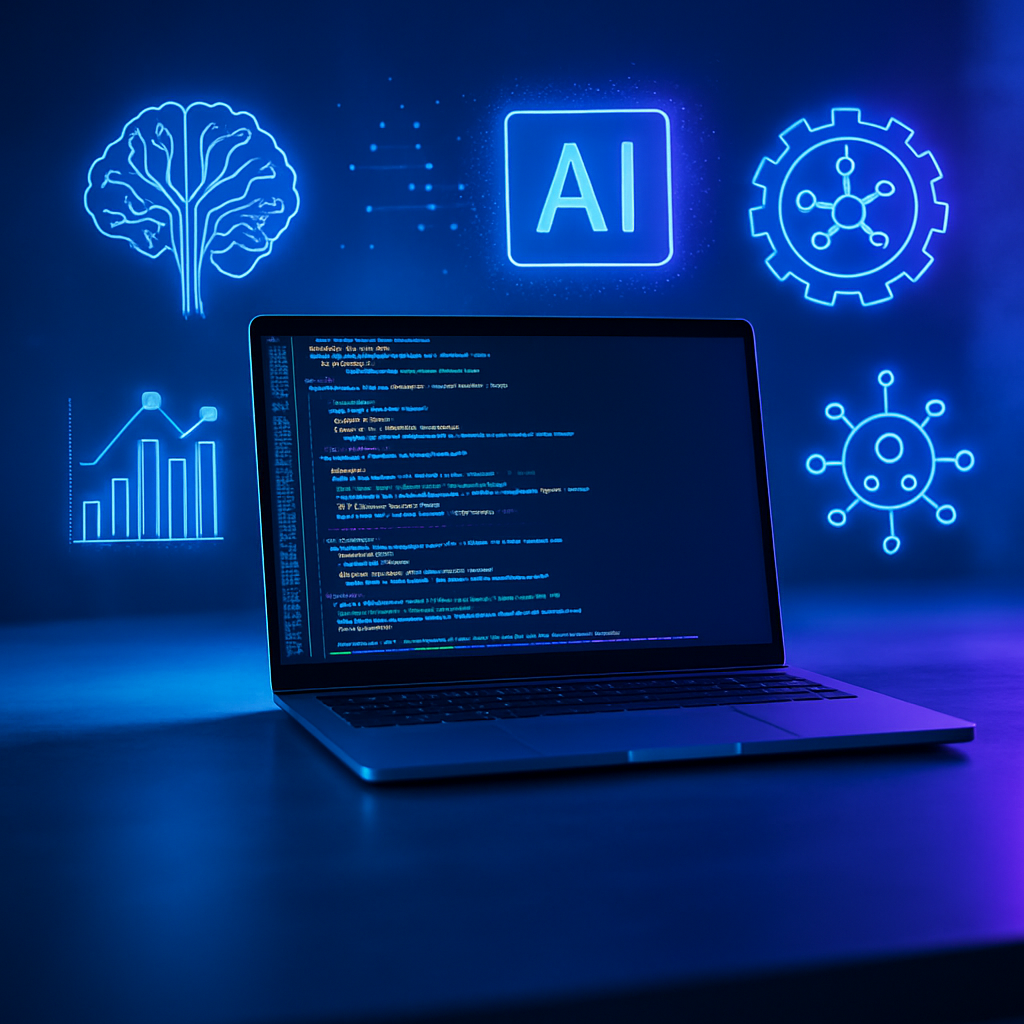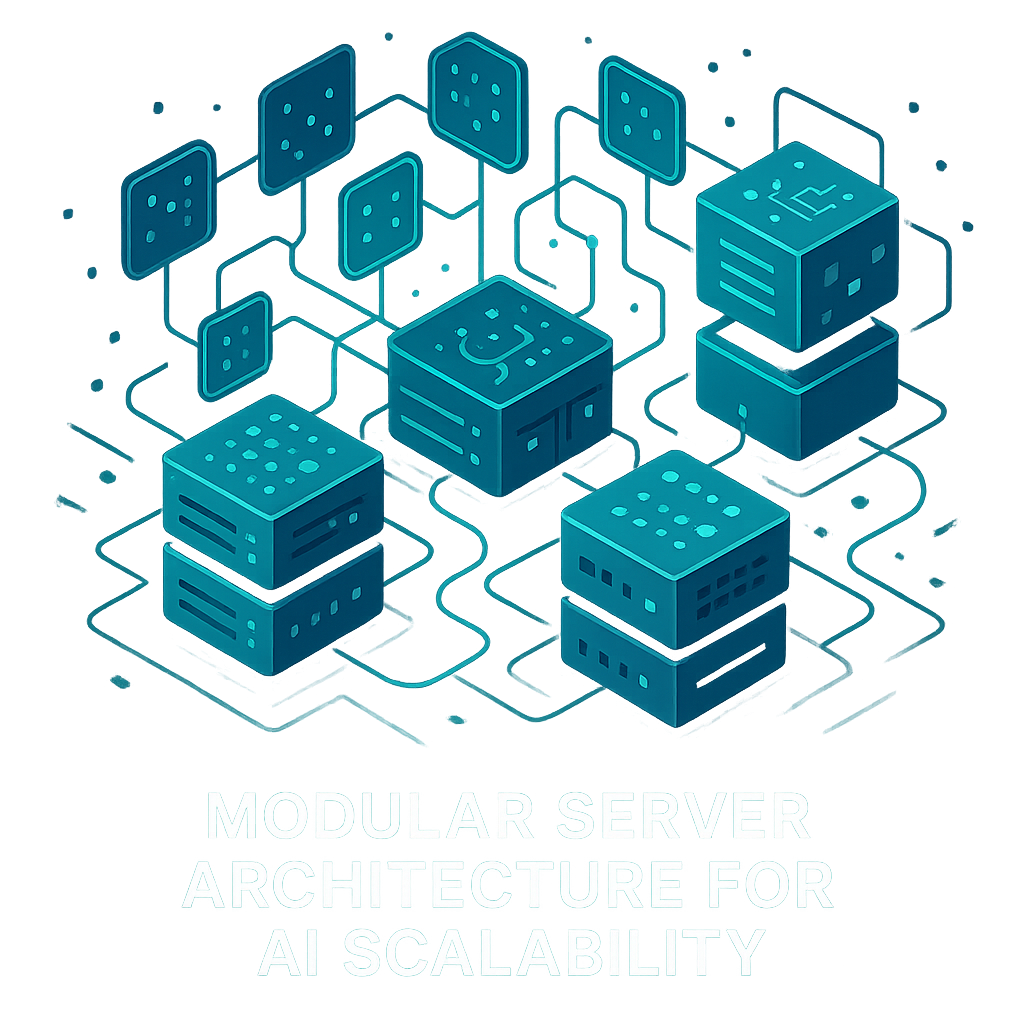What is the Software Development Life Cycle (SDLC)?

Key Takeaways
- The Software Development Life Cycle (SDLC) can ensure order and reliability to software development from beginning to end.
- Different SDLC models are suited to different project needs.
- In modern SDLC, Security is embedded across every stage of the process, ensuring protection is maintained from start to finish using DevSecOps practices.
- Each phase of the SDLC is essential for project success.
- (Repeated) SDLC ensures framework and reliability in software development from start to finish.
Introduction
In the realm of software engineering, delivering high-quality software efficiently is both a necessity and a complex challenge.. This is where the Software Development Life Cycle (SDLC) commences.
The SDLC is a step-by-step process that can help guide the production of software across the full lifecycle. It can incorporate everything from understanding user requirements to coding, testing, deployment, and ongoing maintenance. Regardless of the project size or industry, SDLC supports the core of software project management. Only 60% of projects follow the SDLC phases thoroughly, leading to potential inefficiencies and pitfalls
The SDLC serves as a guiding structure for outlining, creating, and supporting software solutions through well-defined lifecycle phases. This method promotes an organized workflow and ensures the process remains in sync with the company’s broader business objectives.
Example Tools: Jira, GitHub, Jenkins, Docker or Kubernetes.
Why is the Software Development Life Cycle (SDLC) Important?
By breaking big and complex projects into smaller, more manageable stages, what many call the SDLC process flow, it helps keep developers and stakeholders on the same page when it comes to goals, deadlines, and what needs to be delivered. This kind of alignment usually helps with planning better, reducing risks, and making sure quality software gets delivered more consistently. The Software Development Life Cycle (SDLC) is crucial for stakeholders and developers because it adds some structure and clarity to what can otherwise be a messy development process.
Key benefits of using SDLC include:
- Clear milestones and timelines that can keep the project on track and reduce uncertainty.
- Early risk identification during planning and design, usuallY saves time and cost later.
- Improved communication and collaboration across various teams.
- Better cost control by avoiding non essential alterations in the final stages.
- Higher product quality througH testing and feedback loops.
By following a disciplined SDLC, teams can deliver software that meets user expectations.
What Are the Advantages of SDLC in Custom Software Development?
For businesses with unique processes or evolving needs, custom software development is where the SDLC truly shines. Unlike off-the-shelf solutions, custom applications are built specifically around your workflows, integrations, and scalability requirements offering significant custom software benefits over generic platforms.
A disciplined SDLC approach ensures that your custom software is not only tailored precisely to your goals but also delivered in a structured, risk-mitigated, and cost-efficient manner. From gathering personalized requirements to ongoing maintenance, following the SDLC within a structured custom software development process empowers teams to create purpose-built solutions that drive innovation, efficiency, and long-term business value.
Also Check: A Complete Guide to Custom Software Development Services
Example Tools: Jira,GitHub,Jenkins, Docker or Kubernetes.

What Are the 7 Phases of the Software Development Life Cycle?
1. Planning
In this phase, the development team works alongside stakeholders to create the Project boundaries, clarify objectives, evaluate potential risks, and assign resources accordingly. High priority decisions are made here which include project schedules, financial projections, and role assignments. A carefully crafted plan offers clear guidance and helps avoid uncontrolled project expansion.
Tools: Jira, Trello, Notion, Azure Boards
2. Requirements Gathering
Once the project plan is ready the focus is shifted to understanding user requirements expectations. This can also involve collecting both functional requirements (what the system should do) and non-functional requirements (performance, usability, scalability, etc.). Teams document business use cases, workflows, and technical constraints to ensure everyone is aligned before development begins.
Tools: Figma, Balsamiq, Lucidchart
3. Implementation / Development
This is the phase where actual coding begins. Developers build the software according to the design documents using the selected programming languages and frameworks. The system is divided into small units or modules and developed in a modular fashion to simplify testing and integration.
During this phase, collaboration is key. Development teams frequently rely on version control tools such as Git to manage code changes effectively. It is also seen that developers implement quality-focused practices such as collaborative code reviews and continuous integration to enhance code reliability and foster smoother teamwork. Within Agile frameworks, development is broken into brief, iterative cycles, enabling the delivery of usable software in manageable pieces and encouraging early, consistent feedback from stakeholders.
Tools you use: Figma, Balsamiq, Lucidchart
4. Testing
After development, the application undergoes thorough testing to detect defects, performance bottlenecks, and potential security risks. Testers then validate that the software aligns the original requirements and performs as expected under several circumstances.
There are different levels of testing: unit testing, integration testing, system testing, and user acceptance testing (UAT). Automated tests are frequently utilized to speed up development and maintain uniformity across different environments. The aim is to ensure that the software is reliable and ready for deployment.
Tools: Selenium, Postman, JUnit, TestNG, SonarQube
5. Deployment
After the application successfully completes all necessary testing phases, it is usually deployed to a production environment. Today’s deployment strategies rely on containerization to improve flexibility, scalability, and consistency across various environments.CI/CD pipelines, and cloud-based infrastructure to streamline the release process. Techniques like rolling updates and blue-green deployments are often seen as must-have strategies in modern software delivery.
They are believed to significantly reduce downtime and minimize the risk of disruptions during production releases. By gradually introducing changes or switching traffic between environments, these methods help ensure a smoother, more reliable deployment process. Proper deployment planning ensures that users can begin using the software with seamless experience.
Tools: Docker, Kubernetes, Jenkins, Azure DevOps, AWS Code Pipeline
6. Maintenance and Support
The final stage is ongoing maintenance. After the software is deployed, it needs regular updates, ongoing support, security patches just to ensure performance, security, and relevance. As the user needs changes, additional features may be added or bugs may be fixed based on needs.
Maintenance may play a crucial role in the prolonged success of a software product and typically represents the most extended phase of the SDLC. It involves making updates, fixing issues, and adapting the software to evolving user needs and technological changes.
Monitoring Tools: Prometheus, Sentry, Datadog, ELK Stack

SDLC Models and Methodologies
The phases of the Software Development Life Cycle (SDLC) can be carried out using different models or methodologies. Each model offers a unique structure and approach based on the project’s complexity, timeline, and goals.
1. Waterfall Model
- One of the oldest and most linear SDLC models.
- Each phase must be completed before moving on to the next.
- Simple and easy to manage, with clear documentation.
- Limitations: Inflexible to changes once the process begins.
Best suited for: Projects with fixed requirements and well-defined scopes (e.g., government or manufacturing sectors).
2. Agile Model
- A modern, flexible, and iterative approach, the agile development lifecycle focuses on rapid delivery and continuous feedback.
- Breaks the project into smaller iterations or "sprints."
- Each sprint results in a working version of the product.
- Encourages continuous feedback, adaptive planning, and collaboration.
Best suited for: Startups, evolving requirements
Also Check: Why Agile Businesses Rely on Software Consulting Firms for Competitive Edge
3. Iterative Model
- Develops software in repeating cycles (iterations).
- Each iteration builds upon the previous one with enhanced functionality.
- Requirements are defined early but can evolve with each cycle.
Best suited for: Large projects where requirements evolve based on feedback (e.g., enterprise systems).
4. Spiral Model
- Combines the linear nature of Waterfall with the flexibility of Agile.
- Development progresses in spirals (loops), with each loop representing a development phase.
- Emphasizes continuous risk assessment and stakeholder input.
Best suited for: High-risk, complex projects that need regular validation and risk management (e.g., defense or aerospace systems).
How Is Security Integrated into the SDLC?
Security is no longer just a final step—it’s built into every phase of the Secure Software Development Life Cycle (SSDLC) following best practices like DevSecOps
With DevSecOps, teams:
- Perform threat modeling during design
- Follow secure coding practices during development
- Use automated vulnerability scanning in CI/CD pipelines
- Implement continuous monitoring after deployment
This proactive integration helps reduce risks, ensures compliance, and delivers safer, more resilient software.
How The Ninja Studio Supports Your SDLC Journey
At The Ninja Studio, we don’t just follow the Software Development Life Cycle—we enhance it. Here's how we help businesses implement SDLC more effectively:
- Tailored SDLC Model Selection
We help you choose the right SDLC model—Agile, Waterfall, Iterative, or Spiral—based on your project size, team structure, and changing requirements.
- Strategic Planning & Requirement Analysis
Our experts work closely with your stakeholders to gather accurate business and technical requirements, ensuring a strong foundation for the rest of the lifecycle.
- Scalable Architecture & Design
From system architecture to UI/UX design, we craft scalable, secure, and future-proof designs that align with your product goals.
- Agile Development & Automation
We use modern frameworks, version control, CI/CD pipelines, and automation tools to accelerate development without compromising quality.
- End-to-End Testing and Quality Assurance
With manual and automated testing strategies in place, we ensure your software is robust, bug-free, and ready for deployment.
- Continuous Deployment & Monitoring
We deploy software through streamlined DevOps pipelines and offer ongoing monitoring to keep your systems stable and high-performing.
- Post-Launch Support & Iteration
After deployment, we stay involved—tracking performance, gathering feedback, and iterating quickly to improve the product based on real-world usage.
By partnering with The Ninja Studio, you get a technology ally dedicated to delivering reliable, scalable, and growth-ready software through a refined SDLC process flow tailored to your unique business needs. Whether you’re building custom tools or enterprise-grade solutions, we help unlock long-term custom software benefits.
Get started with Ninja Studio to streamline your Software Development Life Cycle (SDLC) and build high-quality, scalable software with expert precision.
✍ Written by Afra Saiyara, Content writer at The Ninja Studio
Frequently Asked Questions
1. Why is the Software Development Life Cycle important?
The Software Development Life Cycle (SDLC) is important because it reduces project risks, ensures on-time delivery of software, minimizes development costs, and enhances communication between stakeholders throughout the project lifecycle.
2. What is the Software Development Life Cycle with example?
The Software Development Life Cycle (SDLC) is a step-by-step process used to build software applications. For example, when creating a mobile banking app, a company first defines the app’s purpose, gathers requirements like login and transaction features, designs the UI and database structure, develops the application, tests it to ensure it's bug-free, and finally deploys it to app stores with ongoing maintenance.
3. What is the difference between SDLC and Agile?
SDLC is a general framework that outlines the stages of software development, while Agile is a specific methodology within SDLC that uses iterative and collaborative approaches. Agile promotes flexibility and adaptability, whereas SDLC can also include more linear models like Waterfall that follow a fixed sequence of steps.
4. What are the different SDLC models?
The Software Development Life Cycle includes various models such as Waterfall, Agile, Iterative, Spiral, and V-Model. Each model follows a unique structure and is selected based on the specific needs, size, and risk level of the project.
5. Which Software Development Life Cycle model is best?
The best SDLC model depends on the project's nature and requirements. Agile works well for fast-paced, constantly changing projects, Waterfall is suited for projects with well-defined requirements, and the Spiral model is ideal for large and risk-intensive projects that require continuous evaluation.

%201.png)
.png)

.svg)




.svg)
